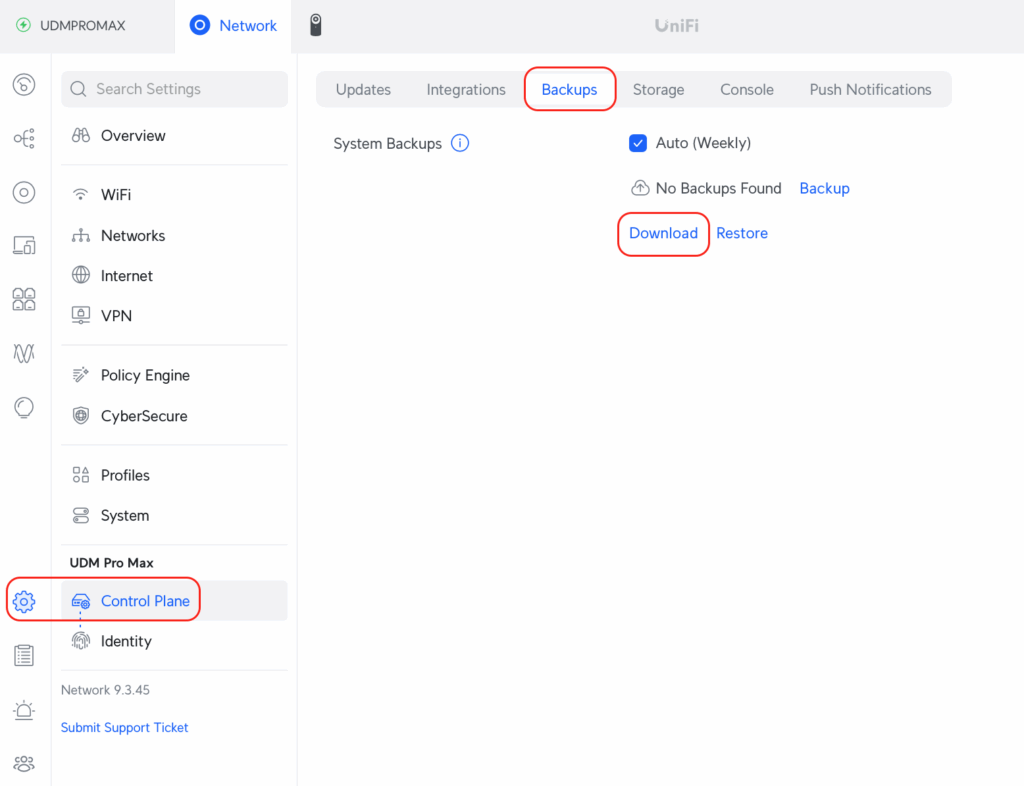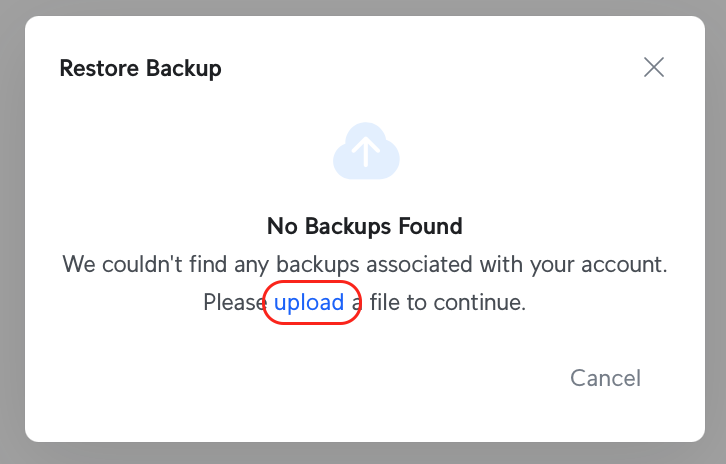Today we performed an upgrade from our old Unifi Dream Machine (UDM) Pro to the new UDM Pro Max.
I won’t get into the specifications, other than to say the Max offers more speeds and feeds.
I wanted to document the migration process, because for me it was not trivial. The Max came with outdated firmware. The backup and restore options were not visible with a user that had “Super Admin” role. They are only available with the “Owner” role. This took me sometime to figure out.
Step 1: Login into the old UDM Pro with the Unifi owner account. This is usually the account that contains the Two Factor Authentication;
Step 2: Perform a download of all the applications and their respective settings. This should result in unified_os_backup_*.unifi file;

Step 3: If you are using Protect (Unifi Security Application), and want to reuse the old hard drive, the migration process will not migrate the videos, so be prepare to backup the contents on a separate machine and reformat the hard drive, or just buy new hard drives;
Step 4: I powered down the old UDM Pro, because I need the WAN connection to be connected to the new UDM Pro Max. At this point, you will lose Internet connectivity for most of your household devices;
Step 5: I physically installed the UDM Pro Max, and connected the WAN, and connected my laptop with the unifi backup file that we got in Step 2. Note that I did not connect the rest of my network at this point. Also the entire restoration process requires Internet connectivity so don’t try to restore it without Internet. I learned this the hard way, resulting in several resets;
Step 6: I had to upgrade the UDM Pro Max because it came with old firmware and it will not restore with the old firmware. This was super frustrating because it elongated the down time for your household;
Step 7: Before I perform the restore, I powered down the Max and installed my old hard drive from the old Pro. After restarting the Max, I then reformat the hard drive with the Protect App;

Step 8: I then proceed to restore from the backup file that I previously copied on to my laptop. This took about 10 to 15 minutes;

Step 9: Once the system is up, I attached all the networking devices to the new Max and waited to ensure that all the Unifi devices are recognized by the new Max;
Step 10: I did one final reboot just to be sure that everything is okay;
So far so good. We did find a couple of issues. Rogers, my ISP provisioned a new WAN IP so I had to update my DNS entries. The VPN server configurations had to be updated with the new WAN IP.
I am going to let the Max run for a few days, and then perform a factory reset with the old Pro. We will then use the Pro as a Shadow (Hot Standby) Gateway for potential fail-over.
